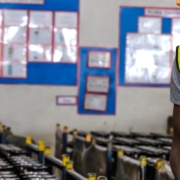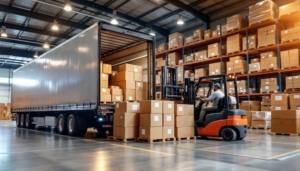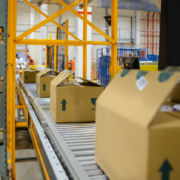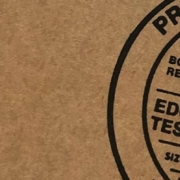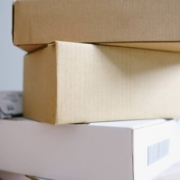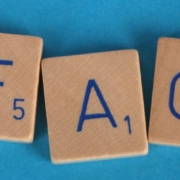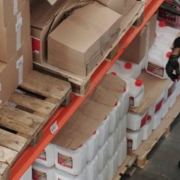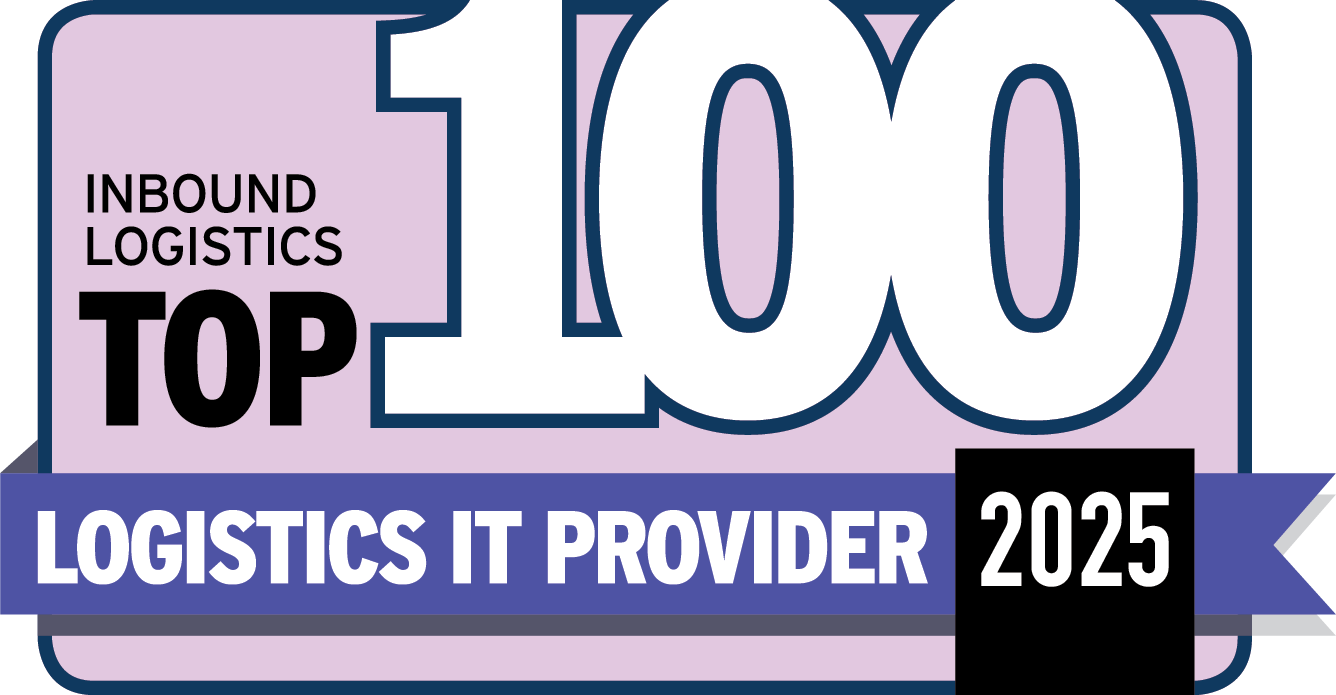What Is the Best Cartonization Software? Free Demo Available
What is cartonization?
If you’ve ever tried to fit too many (or too few) items into a single box you already understand the challenge cartonization solves. In shipping and fulfillment, cartonization is the process of determining the most efficient carton or container for a shipment based on product dimensions, weight, and orientation.
Think of it as a digital packing expert built into your warehouse management system (WMS). (You know that warehouse packer who has been there long enough to know exactly the best way to package each item?) Cartonization software evaluates every order, product, and packaging option to find the best fit as quickly as possible. It automatically chooses the right carton size, the optimal arrangement of items, and even the most cost-effective carrier scenario.
Why does it matter? Because with shipping costs continually rising, every inch of box space and every ounce of weight adds up. Inefficient packing leads to higher dimensional (DIM) weight charges, excess packaging waste, and slower fulfillment times. Smart cartonization eliminates the guesswork, helping companies ship faster, reduce costs, and deliver a better experience for their customers.
With the right technology, carton selection becomes less about guesswork and more about data-driven precision. Let’s look at what effective cartonization shipping software actually does.
Core components of cartonization software
Cartonization software is built on intelligent algorithms designed to think like a seasoned packer, but faster. It evaluates product dimensions, weight, orientation, and stacking rules in real time to determine the best way to pack each order. The goal is simple: maximize space while minimizing cost and material use.
At its core, cartonization software combines three essential capabilities:
- Algorithm-driven decisions: Advanced logic analyzes every order to select the most efficient carton configuration. It can even account for product restrictions, such as fragile items or orientation limits, ensuring the chosen solution is both cost-effective and safe.
- Automation of packing: Instead of relying on manual calculations or trial and error, the software automatically determines how items should be arranged and which carton to use, reducing errors and saving valuable time.
- Real-time calculations: Whether an order changes mid-process or a last-minute substitution occurs, cartonization software instantly recalculates to keep fulfillment running smoothly.
When these elements work together, the result is a streamlined, highly efficient packing process that sets the stage for faster fulfillment, lower costs, and greater accuracy.
Next, let’s look at the tangible benefits cartonization software brings to warehouse operations.
Benefits of using cartonization software
The benefits of cartonization software are likely greater than you think. In part, it’s a case of you don’t know what you don’t know. Add a touch of if it’s not broken, don’t fix it, and you’re about there. But adding cubing software to your workflow can improve efficiency in ways that go far beyond what you might expect, some immediately obvious, others pleasantly surprising.
Cost savings
The low-hanging fruit of cost savings comes from not paying to ship air. That’s where the DIM weight charges come in—the bigger the box, the higher the cost of shipping. Using smaller cartons with less filler drives down those costs even further, saving both money and space. .
Waste reduction
Using the right size cartons means you’ll use less carton material and filler. One company, FabFitFun, cut carton material usage by 30% after implementing cartonization software, proof that small adjustments can have a big impact.
Speed
Unless you’re packing the same items in the same box on repeat, even the most experienced warehouse worker needs time to think through what size carton to use and how to arrange products inside. Cartonization software eliminates the guesswork by instantly suggesting both the proper carton size and the most efficient product arrangement. Those saved seconds add up to meaningful time and labor savings across thousands of orders.
Sustainability
Less packaging material means less waste, lower shipping weight, and a smaller environmental footprint. When Siemens Healthineers implemented a cartonization solution, they were able to use smaller coolers for their dry ice shipments, reducing expanded polystyrene (EPS) usage by an estimated 5,240 kilograms per year.
Improved accuracy
People make mistakes. It’s inevitable. Cartonization software helps eliminate manual errors by using precise calculations every time. The result is a consistent, repeatable process that improves accuracy, efficiency, and customer satisfaction.
Cartonization streamlines packing and transforms it into a measurable advantage. Next, let’s explore the different types of cartonization solutions and how to determine which one fits your operation best.
Types of cartonization solutions
Not all cartonization solutions are created equal. Depending on the type of operation you run and the complexity of your orders, you may need anything from a simple packing assistant to a fully automated, AI-driven system. This table shows how they compare:
| Type | Description | Best for |
| Manual cartonization | Uses spreadsheets or rules of thumb to select box sizes. Prone to human error and inefficiency. | Low-volume operations or uniform product lines |
| Liquid cubing | Calculates fill levels for liquids, gels, or irregular items to determine the best container size. | Food, cosmetics, and chemical industries |
| 3D cartonization | Uses 3D spatial modeling (similar to bin packing) to determine how items fit together for optimal space use. | Complex or mixed-product shipments requiring precision |
| Automated packaging systems | Integrates with physical machinery to construct, fill, and seal boxes automatically. | High-volume, high-speed fulfillment centers |
| AI-powered cartonization | Learns from historical data to predict optimal configurations based on order patterns and product mix. | Dynamic operations seeking continuous optimization |
| Cloud-based cartonization | Operates through the cloud for scalability, flexibility, and seamless integration with WMS, TMS, and ERP systems. | Multi-location or fast-scaling operations needing real-time coordination |
Each solution brings its own strengths, and many businesses use a hybrid approach; combining automation, AI, and cloud capabilities for maximum efficiency.
No matter which approach you choose, the goal remains the same: to pack smarter, ship faster, and save more.
MagicLogic cartonization software
MagicLogic delivers confidence in every shipment. As an AI-powered, 3D cartonization and load planning solution with cloud integration capabilities, MagicLogic helps companies pack smarter, faster, and with greater precision. Its advanced algorithms analyze every order and determine the most efficient way to use available space while minimizing cost, material waste, and handling time.
Unlike basic 3D bin-packing tools, MagicLogic’s software is designed for real-world complexity. In a matter of seconds, it accounts for carton sizes, stacking rules, product orientations, and weight limits. The result is an optimized plan that ensures every order is packed securely, efficiently, and ready to ship.
MagicLogic’s solutions are also customizable and scalable, making them a strong fit for any operation from ecommerce fulfillment centers to global manufacturing and distribution networks. Seamless integration with WMS, TMS, and ERP systems allows businesses to automate their packing and shipping processes without disrupting existing workflows.
If your operation is ready to reduce costs, streamline fulfillment, and increase efficiency, it’s time to see what MagicLogic can do for you. Contact us today to schedule a free demo and experience the best cartonization software in action.
